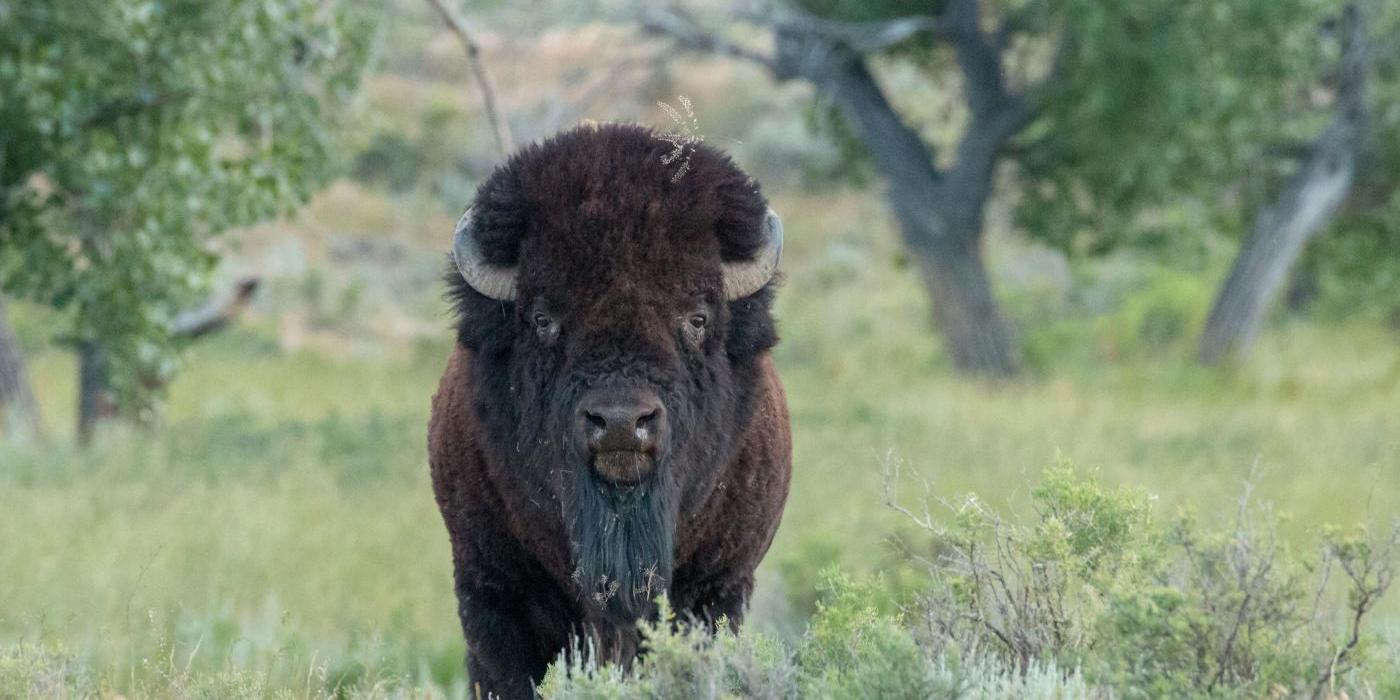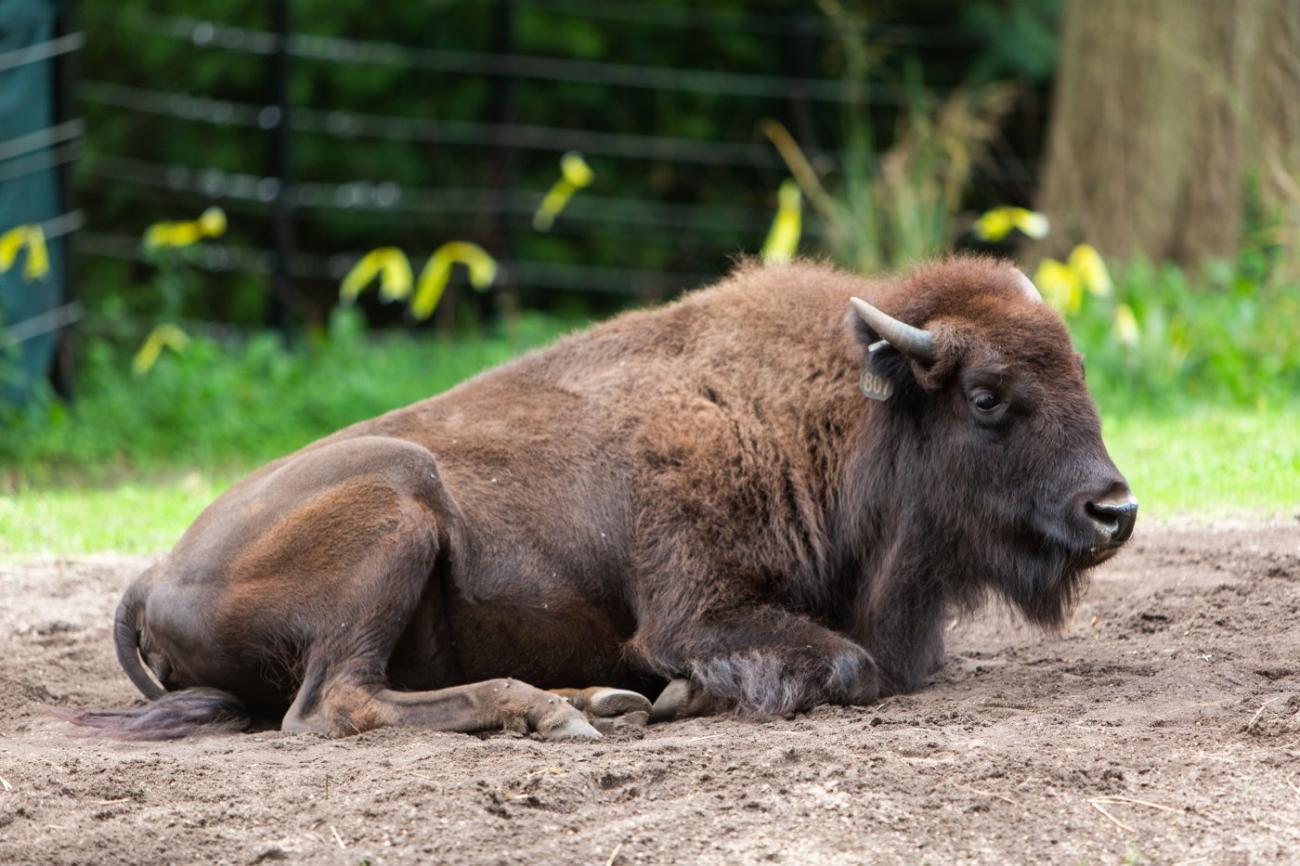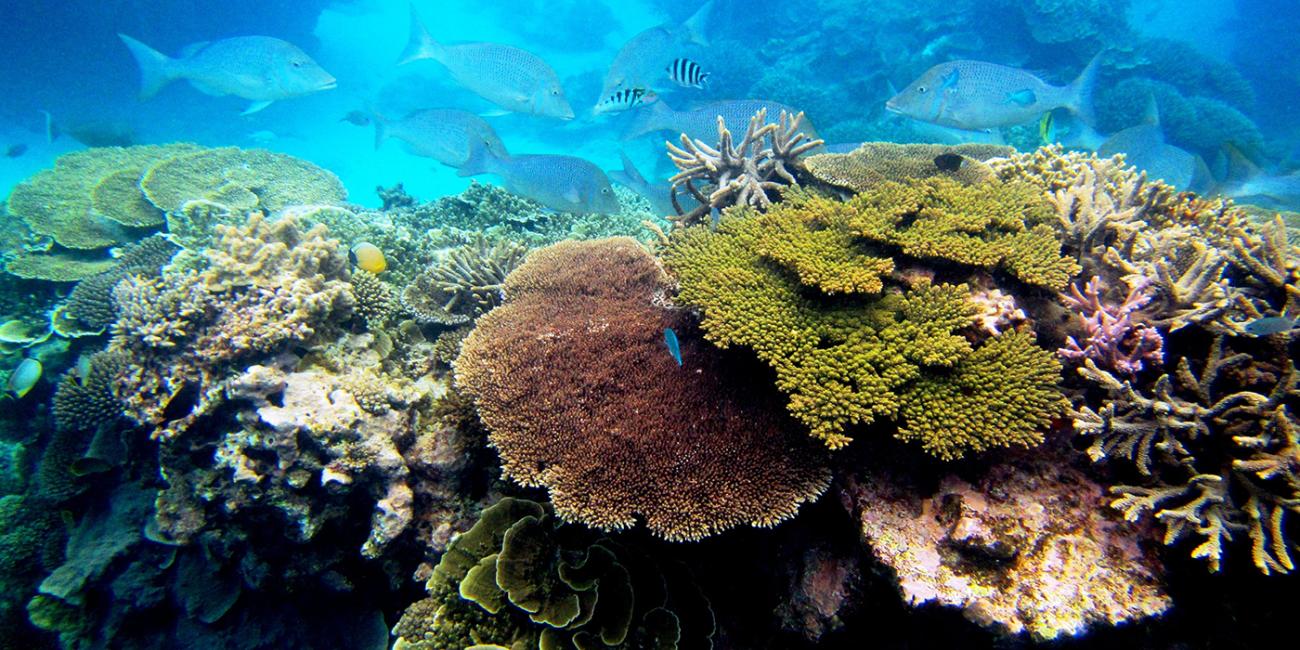Restoring the Plains Bison: America's National Mammal
Bison used to roam the Great Plains in tens of millions. Overhunting and habitat loss brought these iconic animals to the brink of extinction by the beginning of the 20th century. Today, remnants of their species live in confined spaces where they are reintroduced.
Smithsonian scientists are working with Tribal communities and conservation groups like American Prairie to restore the Plains bison. To restore the bison and their natural landscape, the Great Plains Science team studies bison behaviors, movement patterns and their ecological effects. Using ground-level data collection and fine-scale aerial imagery, our team examines how bison impact plants, biomass, insect communities, and grassland bird populations. In addition, we study the complexity of bison social bonds and collective behavior to better understand how herds can be managed across North America.
The value of a keystone species
Compared to their population size, bison have a tremendous impact on grassland systems and hundreds of prairie species. As a ‘keystone’ species, bison provide countless benefits to the health of the prairie:
- These ecosystem engineers manipulate their surroundings through their movement and behavior – including stomping, wallowing, seed dispersal, and grazing.
- Disturbances caused by bison increase landscape heterogeneity, creating micro-habitats that benefit various organisms like arthropods, birds, amphibians, and plants.
However, barriers to movement and low population density limit the positive influence bison can provide. Modern prairie management techniques rely on these behavioral traits to restore grassland ecological functions. Because of this, our conservation efforts are focused on developing management schemes that retain bison’s natural behaviors and movement to the best of our ability.
How we study bison and the landscape
Our team seeks to develop a greater understanding of the management techniques and practices that would allow bison to carry out their evolutionary role as ecosystem engineers.
Using a combination of innovative field, technological, and biological research techniques, we:
- Combine data from ground surveys and remote sensing imagery to reveal plant composition, grass biomass and nutrient dispersal over massive areas
- Gather visual and audio data on important indicator species, like grassland birds, to better understand the overall health of the prairie environment
- Conduct in-depth analysis on bison themselves. By collecting genetic data, behavior observations, movement patterns, and analyzing their diet composition, we hope to unveil the mechanisms underlying social bonds within the herd and understand the factors that drive the herd’s collective movements.















